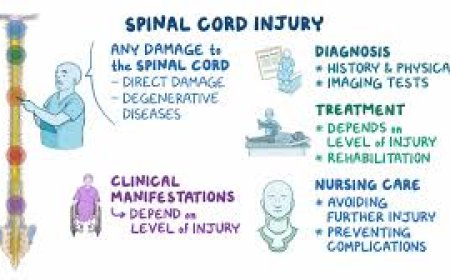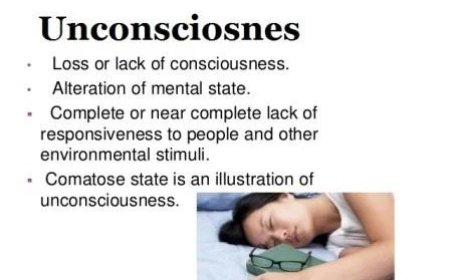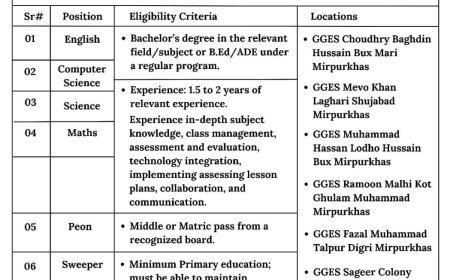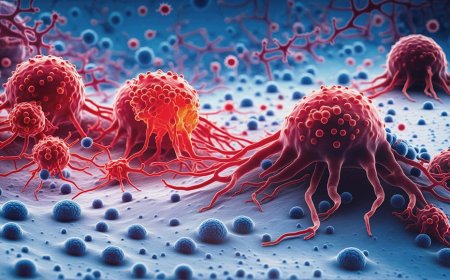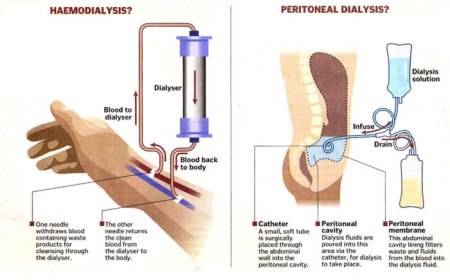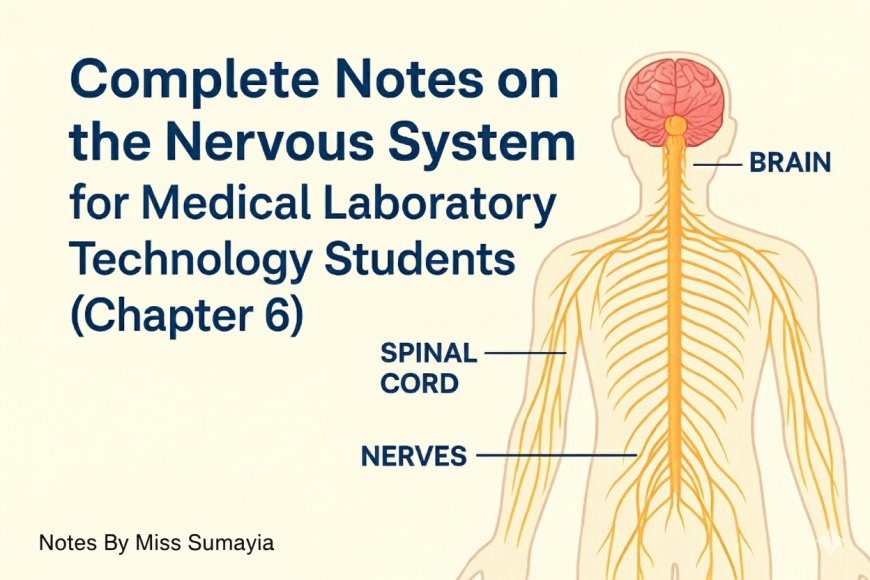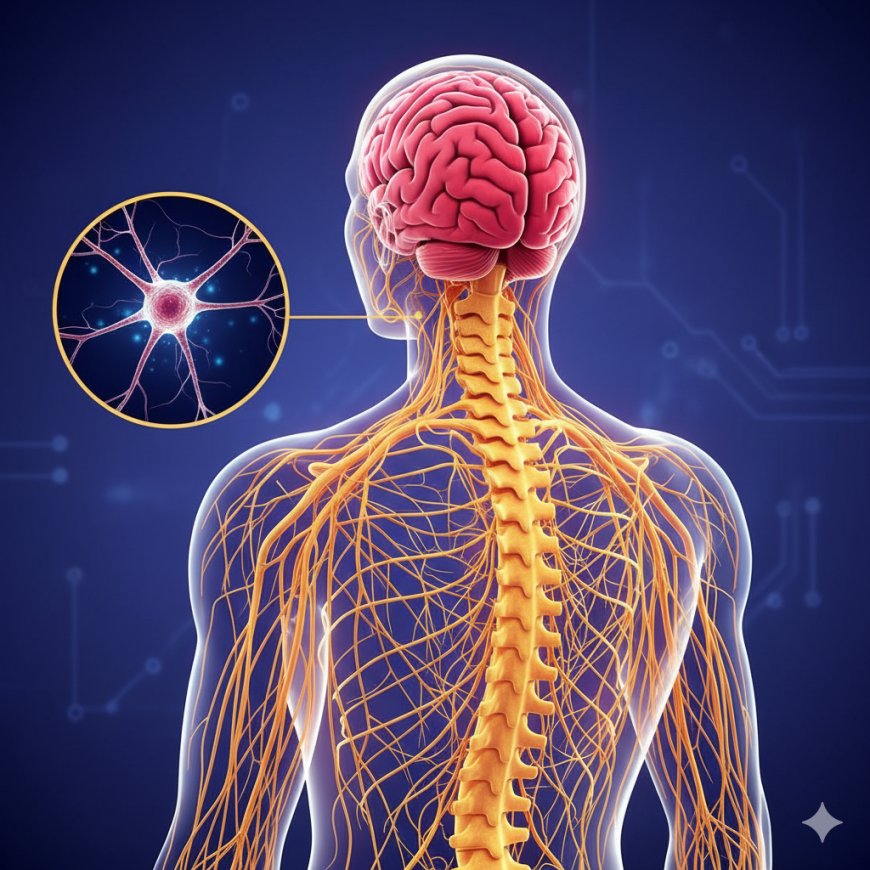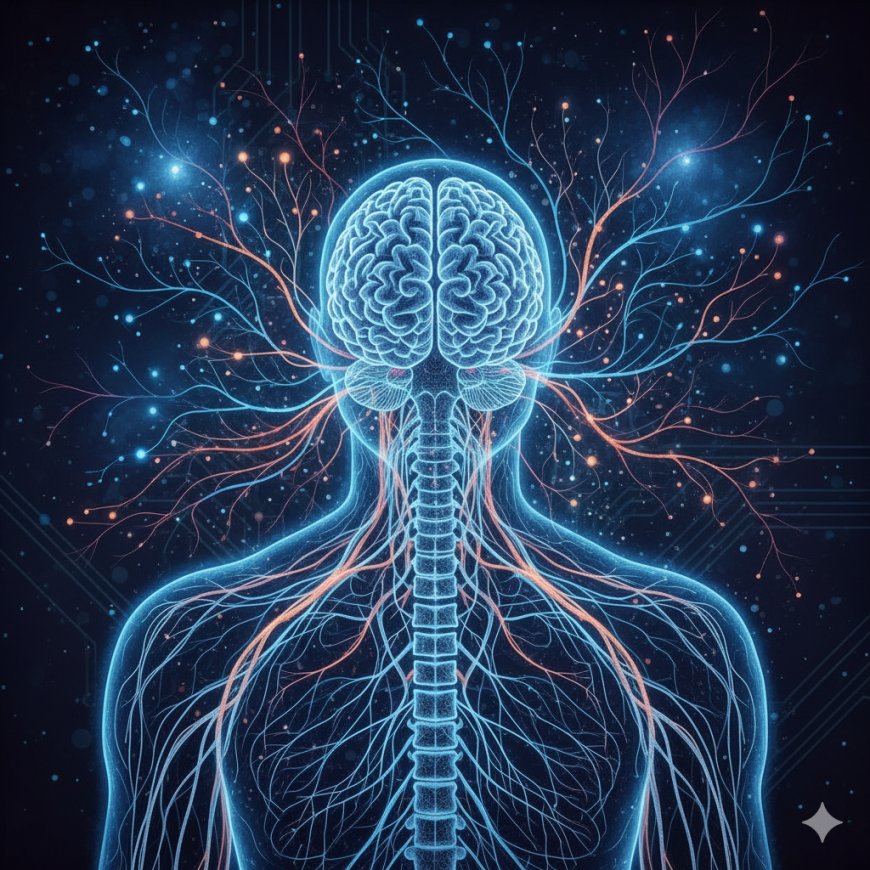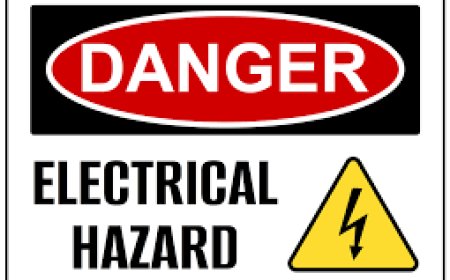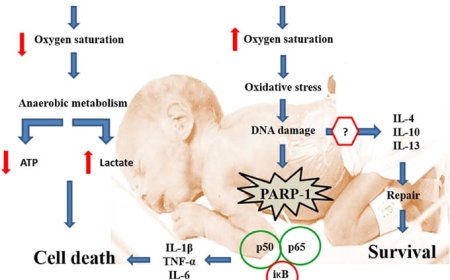Complete Notes on the Nervous System for Medical Laboratory Technology Students(Chapter 6)
General Design of Nervous System – MLT Anatomy Notes. Explore how the brain, spinal cord, and nerves control the body. Easy anatomy notes on the nervous system for medical lab technology students.
Chapter 6: General Design of Nervous System
Introduction
The nervous system is the body’s main communication and control network.
It allows the body to receive information (stimuli) from inside and outside, process it, and then respond
appropriately.
It helps in movement, sensations, emotions, learning, memory, and maintaining balance (homeostasis).
6.1 Types of Nervous System
The nervous system is divided into two main parts:
1. Central Nervous System (CNS)
2. Peripheral Nervous System (PNS)
6.1.1 Central Nervous System (CNS)
The CNS is like the control center of the body.
It includes:
Brain
Spinal Cord
These two parts are protected by bones (skull and vertebral column) and three layers of meninges
(protective membranes).
6.1.1.1 Brain and Spinal Cord
Brain: Located inside the skull.
Controls thinking, learning, emotions, memory, and voluntary movements.
Spinal Cord: Runs down the back, protected by the vertebral column.
Acts as a pathway for messages between the brain and the rest of the body.
6.1.1.2 Integration and Processing
The CNS processes all incoming information from sense organs.
It decides how to respond — whether to move, feel, or react.
The brain is responsible for:
Understanding (interpreting) what we sense.
Deciding what to do (response).
Controlling memory, emotions, and intelligence.
6.1.1.3 Command Center
The CNS is the command center because it gives orders to the entire body.
It coordinates voluntary actions (like walking) and involuntary actions (like heartbeat).
6.1.2 Peripheral Nervous System (PNS)
The PNS connects the CNS to the rest of the body (muscles, skin, organs).
It acts like a messenger carrying signals to and from the CNS.
6.1.2.1 Nerves and Ganglia
Nerves: Bundles of long fibers (axons) that carry messages between CNS and body parts.
Ganglia: Small clusters of nerve cell bodies located outside the CNS.
6.1.2.2 Somatic and Autonomic Divisions
Somatic Nervous System (SNS):
Controls voluntary movements (like writing or walking).
Carries sensory information from skin, eyes, ears, etc. to the CNS.
Autonomic Nervous System (ANS):
Controls involuntary functions (like heart rate, digestion, and breathing).
Divided into:
Sympathetic system: "Fight or flight" (active in stress or emergency).
Parasympathetic system: "Rest and digest" (active during relaxation).
6.1.2.3 Cranial and Spinal Nerves
Cranial Nerves: 12 pairs, arise from the brain, control the head and neck (e.g., vision, smell, facial
movement).
Spinal Nerves: 31 pairs, arise from the spinal cord, connect to the rest of the body (arms, legs, trunk).
6.2 Neurons
Definition:
Neurons are the basic structural and functional units of the nervous system.
They carry electrical impulses (signals) throughout the body.
6.2.1 Structure of a Neuron
A neuron has three main parts:
1. Cell Body (Soma):
Contains the nucleus and other organelles.
Controls the activities of the neuron.
2. Dendrites:
Branch-like structures.
Receive messages from other neurons and send them to the cell body.
3. Axon:
A long fiber that transmits signals away from the cell body to other neurons or muscles.
Example: When you touch something hot → receptors send message → neurons carry it to brain →
brain sends command to pull hand back.
6.2.2 Glial Cells (Supporting Cells)
Glial cells are non-neuronal cells that support, protect, and nourish neurons.
They are like the helpers of neurons.
Types of Glial Cells:
Type Function
Astrocytes Provide structural support and transfer nutrients to neurons.
Oligodendrocytes (CNS) Produce myelin in CNS.
Schwann Cells (PNS) Produce myelin in PNS (for faster nerve impulses).
Microglia Act as immune cells and remove waste/dead cells.
Ependymal Cells Produce cerebrospinal fluid (CSF).
6.2.3 Synapses
A synapse is a tiny gap between two neurons.
When a signal reaches the axon terminal, it releases chemicals called neurotransmitters.
These neurotransmitters cross the synapse and bind to the next neuron, passing the signal along.
Example: Think of it as one person tossing a message note across a small gap to another person.
6.3 Cerebrospinal Fluid (CSF)
CSF is a clear, watery fluid that surrounds the brain and spinal cord.
Functions:
1. Protects the brain and spinal cord from injury (acts as a cushion).
2. Maintains constant pressure inside the skull.
3. Helps in exchange of nutrients and waste between brain tissue and blood.
6.4 Functions of the Brain
The brain is the main control organ of the body.
It controls thinking, movements, emotions, sensations, and all vital body activities.
6.4.1 Cognition
Thinking, reasoning, decision-making, and problem-solving.
6.4.2 Memory
Stores and recalls information and experiences.
6.4.3 Motor Control
Plans and controls voluntary movements like walking, writing, and speaking.
6.4.4 Sensory Processing
Interprets signals from sense organs (eyes, ears, skin, nose, tongue).
6.4.5 Emotion Regulation
Manages feelings like happiness, anger, and fear.
Limbic system, amygdala, and hippocampus play key roles.
6.4.6 Homeostasis
Maintains internal body balance (temperature, blood pressure, hormones).
6.4.7 Autonomic Functions
Controls involuntary activities such as heartbeat, digestion, and breathing.
6.4.8 Language Processing
Broca’s area: Speech production.
Wernicke’s area: Language understanding.
6.4.9 Attention and Concentration
Helps focus on tasks and shift attention when needed.
6.4.10 Sleep Regulation
Controls the sleep-wake cycle, important for rest and memory.
6.4.11 Learning and Adaptation
Allows new skills, knowledge, and behavioral changes.
6.4.12 Social and Interpersonal Skills
Helps understand others’ emotions and build relationships.
6.4.13 Higher Cognitive Functions
Prefrontal cortex manages planning, organizing, judgment, and self-control.
6.4.14 Creativity and Innovation
Enables imagination, art, and invention by connecting new ideas.
Summary Chart
Division Components Functions
CNS
Brain, Spinal cord
Controls, processes, and sends commands
PNS
Cranial & spinal nerves,
ganglia
Connects CNS to the body
Neurons
Cell body, dendrite, axon Receive and transmit impulses
Glial Cells
Astrocytes, Schwann, etc. Support and protect neurons
CSF
Surrounds brain/spinal cord
Protection, nourishment
Brain Multiple regions Thinking, emotions, movement, balance
6.5 Functions of the Spinal Cord
The spinal cord is a long, thin bundle of nerve tissue that starts from the brainstem and runs
down through the vertebral column (spine).
It connects the brain to the rest of the body, allowing communication between them.
It performs three main functions — sending messages, receiving messages, and controlling
reflexes.
Let’s look at each function in detail
6.5.1 Conduction of Nerve Signals
• The spinal cord acts like a telephone line between the brain and the body.
• It carries messages from the brain to different body parts (muscles, organs) and brings
information from those parts back to the brain.
• These signals move through special nerve pathways inside the spinal cord.
Example:
When you touch something hot, sensory nerves send a message to the brain through the spinal
cord. The brain then sends a message back to your hand muscles to move away.
6.5.2 Reflex Integration
• The spinal cord can control some actions without involving the brain — these are called
reflexes.
• Reflexes are quick, automatic responses to stimuli that protect the body from harm.
Example: Pulling your hand away instantly when you touch a hot object — your spinal cord
does this even before the brain realizes it.
6.5.3 Motor Function
• The spinal cord sends motor (movement) commands from the brain to the muscles.
• This helps in voluntary movements such as walking, writing, or holding objects.
• Motor neurons in the spinal cord control and coordinate these muscle activities.
6.5.4 Sensory Function
• The spinal cord receives sensory information from the body — such as touch, pain,
temperature, and pressure.
• It then sends these signals to the brain so that the body can feel and respond properly.
Example: Feeling cold, pain, or texture on your skin.
6.5.5 Coordination of Reflex Arcs
• A reflex arc is the pathway through which a reflex travels.
It includes:
1. Sensory neuron (detects stimulus)
2. Interneuron (inside the spinal cord)
3. Motor neuron (causes movement)
• The spinal cord coordinates this process for fast, automatic actions.
6.5.6 Ascending and Descending Tracts
• The spinal cord contains tracts (bundles of nerve fibers) that carry messages up and down:
o Ascending tracts → carry sensory messages to the brain
o Descending tracts → carry motor messages from the brain to the body
Think of them as two-way roads for nerve signals.
6.5.7 Transmission of Pain Signals
• The spinal cord helps carry pain (nociceptive) messages from different body parts to the brain.
• This allows the brain to recognize and react to pain (like avoiding injury).
6.5.8 Integration of Sensory Information
• The spinal cord doesn’t just pass messages — it also processes and combines sensory
information.
• This helps the brain form a complete understanding of what’s happening in and around the
body.
6.5.9 Autonomic Nervous System (ANS) Control
• The spinal cord helps regulate involuntary body functions like:
o Heart rate
o Breathing
o Digestion
o Blood pressure
• It sends signals through autonomic nerves (sympathetic and parasympathetic).
6.5.10 Initiation of Simple Movements
• Some simple movements can start directly from the spinal cord — like walking or running —
because of pre-programmed nerve circuits.
• These don’t always require brain involvement once learned.
6.5.11 Transmission of Sympathetic and Parasympathetic Signals
• The spinal cord passes autonomic signals that control organs:
o Sympathetic signals → prepare the body for “fight or flight” (stress or danger).
o Parasympathetic signals → control “rest and digest” functions.
Summary
The spinal cord:
• Connects the brain with the body
• Controls reflexes
• Coordinates movement and sensory signals
• Regulates body functions like heart rate and digestion
6.6 Functions of Cranial Nerves
There are 12 pairs of cranial nerves, directly coming from the brain (not the spinal cord).
They mostly control functions of the head, face, and neck, like seeing, smelling, tasting, and
moving facial muscles.
Here’s a simple breakdown
No. Name Type Main Function (Easy Explanation)
I Olfactory Nerve Sensory Smell — carries signals from nose to brain
II Optic Nerve Sensory Vision — carries messages from eyes to brain
III Oculomotor Nerve Motor +
Parasympathetic
Moves eyeball, lifts eyelid, adjusts pupil size and
lens focus
No. Name Type Main Function (Easy Explanation)
IV Trochlear Nerve Motor
Moves eye downward and inward (controls superior
oblique muscle)
V Trigeminal Nerve Sensory + Motor
Sensation of face (touch, pain) and helps in chewing
VI Abducent Nerve Motor
Moves the eyeball sideways (lateral rectus muscle)
VII Facial Nerve Sensory + Motor +
Parasympathetic
Facial expressions , taste from front 2/3 of
tongue , secretion of tears and saliva
VIII
Vestibulocochlear
Nerve
Sensory Hearing and balance (two branches —
vestibular & cochlear)
IX
Glossopharyngeal
Nerve
Sensory + Motor +
Parasympathetic
Taste from back 1/3 of tongue, swallowing,
salivation
X Vagus Nerve
Sensory + Motor +
Parasympathetic
Controls organs of chest & abdomen (heart, lungs,
digestive system), helps in speech and swallowing
XI Accessory Nerve Motor
Controls neck and shoulder muscles — helps in
head movement
XII Hypoglossal Nerve Motor
Controls tongue movements for speech and
swallowing
Summary of Cranial Nerves
Type How Many Example Functions
Sensory 3 Smell, vision, hearing
Motor 5 Eye movement, tongue, shoulder
Mixed (Both) 4 Face, tongue, throat, internal organs
In Short
• Cranial nerves handle head and neck functions — seeing, smelling, tasting, hearing, facial
movement, and balance.
• They connect sense organs and muscles directly to the brain, allowing fast and precise control.
• Some also help in controlling internal organs like heart, lungs, and digestive system.
What's Your Reaction?
 Like
0
Like
0
 Dislike
0
Dislike
0
 Love
0
Love
0
 Funny
0
Funny
0
 Angry
0
Angry
0
 Sad
0
Sad
0
 Wow
0
Wow
0

